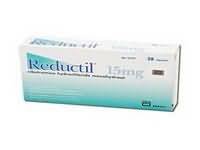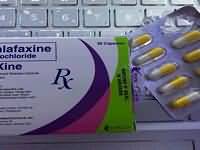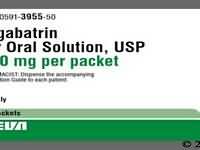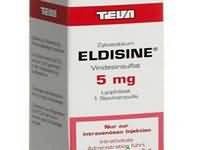sibutramine hydrochloride

CLINICAL USE
Treatment of obesity for patients who have not responded to appropriate weight reducing methods
DOSE IN NORMAL RENAL FUNCTION
10–15 mg daily
PHARMACOKINETICS
Molecular weight :334.3 %Protein binding :97 %Excreted unchanged in urine : Only inactive metabolites Volume of distribution (L/kg) :No datahalf-life – normal/ESRD (hrs) :14–16 DOSE IN RENAL IMPAIRMENT
GFR (mL/MIN)
20 to 50 : Dose as in normal renal function. Use with caution 10 to 20 : Dose as in normal renal function. Use with caution <10 : Dose as in normal renal function. Use with caution DOSE IN PATIENTS UNDERGOING RENAL REPLACEMENT THERAPIES
CAPD :Unlikely to be dialysed. Dose as in GFR <10 mL/min HD :Unlikely to be dialysed. Dose as in GFR <10 mL/minHDF/high flux :Unknown dialysability. Dose as in GFR <10 mL/minCAV/VVHD :Unknown dialysability. Dose as in GFR 10 to 20 mL/min IMPORTANT DRUG INTERACTIONS
Potentially hazardous interactions with other drugsAntidepressants: increased risk of CNS toxicity; avoid concomitant administration with MAOIs and moclobemide – avoid for at least 2 weeks after stopping sibutramine; increased CNS toxicity with noradrenaline re-uptake inhibitors, tricyclics, SSRIs, mirtazapine and tryptophan – avoid concomitant use with tryptophanAntipsychotics: increased risk of CNS toxicity – avoid concomitant useAvoid use with drugs which increase heart rate or blood pressure ADMINISTRATION
Reconstition
– Route
Oral Rate of Administration
–Comments
– OTHER INFORMATION
Do not use in patients with uncontrolled hypertension, i.e. BP >145/90 mmHgInitiation of therapy is associated with a mean increase in resting systolic and diastolic BP of 2–3 mmHg
See how to identify renal failure stages according to GFR calculation
See how to diagnose irreversible renal disease
Home









